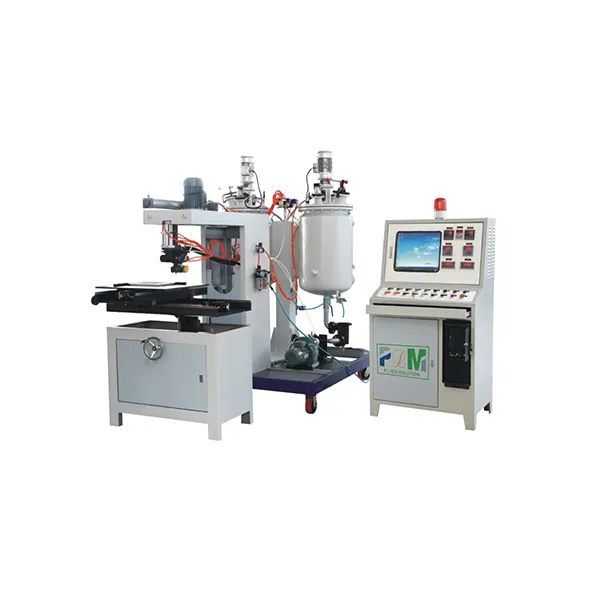Aug . 14, 2024 17:04 Back to list
Exploring Innovative Technologies for Effective Water Purification Solutions and Systems Today
Water Purification Systems Ensuring Safe Drinking Water for All
Access to clean and safe drinking water is a fundamental human right, yet millions of people around the world still lack this basic necessity. Water purification systems play a critical role in addressing this issue by providing effective solutions to filter and treat water, making it safe for consumption. In this article, we will explore the various types of water purification systems, their importance, and the technology behind them.
Types of Water Purification Systems
Water purification systems can be broadly categorized into several types, each utilizing different methods to remove contaminants and improve water quality
1. Activated Carbon Filters These systems use activated carbon to adsorb impurities, including chlorine, volatile organic compounds (VOCs), and sediments. Activated carbon filters are commonly found in household water pitchers and faucet-mounted devices, providing an effective and affordable solution for improving taste and odor.
2. Reverse Osmosis (RO) Systems Reverse osmosis is a highly efficient purification method that utilizes a semi-permeable membrane to remove a wide range of contaminants, including heavy metals, salts, and microorganisms. RO systems are often installed under kitchen sinks or as whole-house systems, providing purified water at the point of use.
3. Ultraviolet (UV) Purification UV purification systems use ultraviolet light to disinfect water by killing harmful bacteria, viruses, and protozoa. This method is effective and chemical-free, making it an increasingly popular choice for homes, businesses, and even municipal water treatment facilities.
water purification systems

4. Distillation This method involves boiling water to create steam, which is then condensed back into liquid, leaving behind impurities and contaminants. Distillation is effective for removing heavy metals, salts, and other dissolved solids, making it suitable for areas where water may be heavily polluted.
5. Ion Exchange Systems Typically used for water softening, ion exchange systems remove calcium and magnesium ions from water and replace them with sodium ions. This process can improve water quality for household use, particularly where hard water is a concern.
The Importance of Water Purification Systems
The importance of water purification systems cannot be overstated. Contaminated water can lead to a plethora of health issues, including gastrointestinal diseases, reproductive problems, and neurological disorders. Moreover, communities with access to clean water see significant improvements in overall health, education, and economic productivity. By investing in reliable water purification systems, both governments and individuals can contribute to public health and well-being.
Additionally, the increasing concern over environmental pollution has made water purification systems essential for sustainability. Contaminants such as pharmaceuticals, industrial waste, and agricultural runoff affect water sources, making it crucial to have effective purification methods in place. These systems not only provide safe drinking water but also help protect ecosystems from further degradation.
Conclusion
Water purification systems are vital to ensuring access to safe drinking water worldwide. With a variety of technologies available, individuals and communities can choose the most appropriate solutions to meet their needs. As awareness around water quality and public health grows, the demand for advanced water purification systems will continue to rise. Investing in these technologies is not just an investment in personal health, but a commitment to a sustainable future for all. Clean water is the foundation of health, prosperity, and life itself; thus, ensuring its availability should be a priority for everyone.
-
OEM PLXB-1 PU Pack Trimming Machine - High Precision, Durable, Cost-Effective Solutions
NewsJun.10,2025
-
High-Performance In Line Fan Filter Trusted In Line Fan Filter Company & Products
NewsJun.10,2025
-
High-Efficiency Water Filter Making Machine Reliable Companies & Products
NewsJun.10,2025
-
Premium Metal Fuel Filter Durable & Efficient for Engine Protection
NewsJun.10,2025
-
Premium OEM 304 Rimmed Filter Disc Custom Stainless Steel Filters
NewsJun.10,2025
-
China PP Air Filter Production Line Automated & High-Efficiency Solutions
NewsJun.10,2025
